See Joe Biden’s Plans for the Shocking Costs of Climate Change
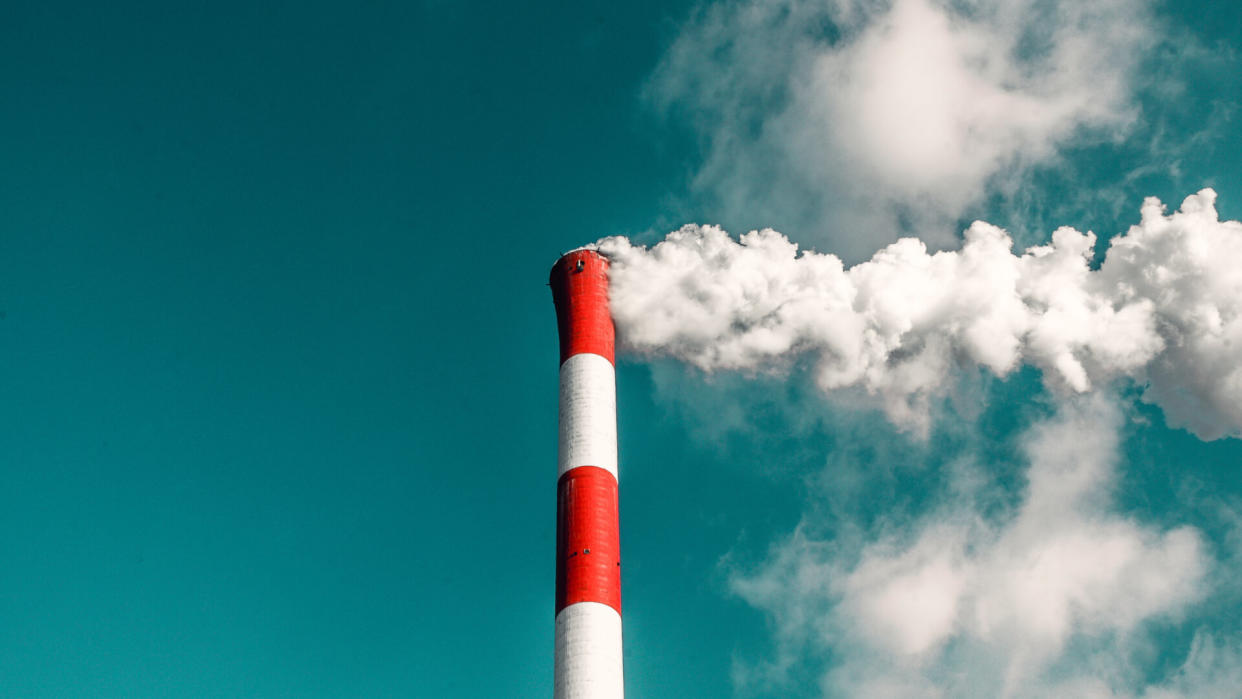
The topic of climate change has become a political football, with both Republicans and Democrats arguing that they have the better solution to the problem. Regardless of how the U.S. addresses the issue, the financial cost of climate change will likely be large, in terms of both direct investment and property damage.
See: Rising Sea Levels Are Hurting Home Values in These 40 Cities
While Trump preferred growing the economy via investments in oil and gas exploration, recently elected President Joe Biden feels that direct investment in clean energy is the best way to tackle the problem.
Read on to see just how Biden plans on tackling this costly issue.
Last updated: Jan. 20, 2021
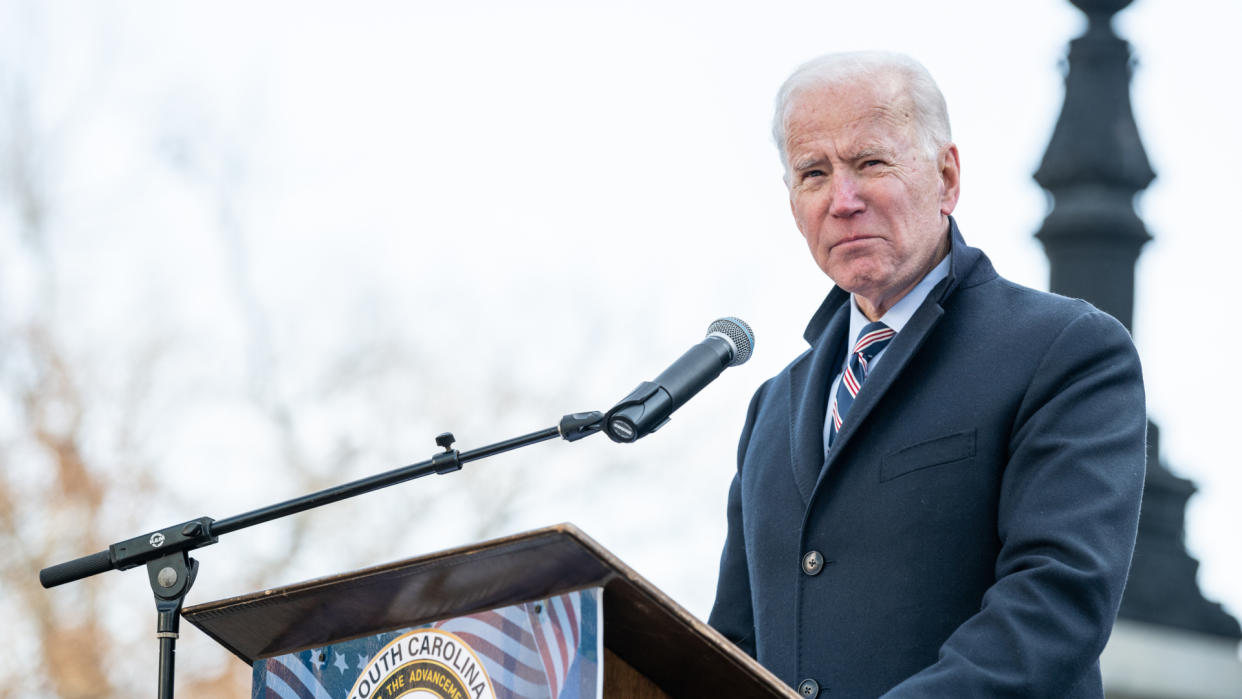
Spend and Grow
President Joe Biden is taking an aggressive approach to tackle climate change. Under the terms of Biden’s plan, the U.S. will spend about $1.7 trillion over the next 10 years, with private, state and local investments pushing the total sum closer to $5 trillion. According to the Biden administration, the broad goals of the plan will be to promote a clean energy revolution and environmental justice.
Funding for the Biden investment to reverse climate change will come primarily from a rollback of the Trump administration’s tax cut for corporations. Biden also intends to end subsidies for fossil fuels and eliminate tax loopholes and incentives that drive corporate money offshore.
See: Top Stocks To Consider as Biden Takes Over
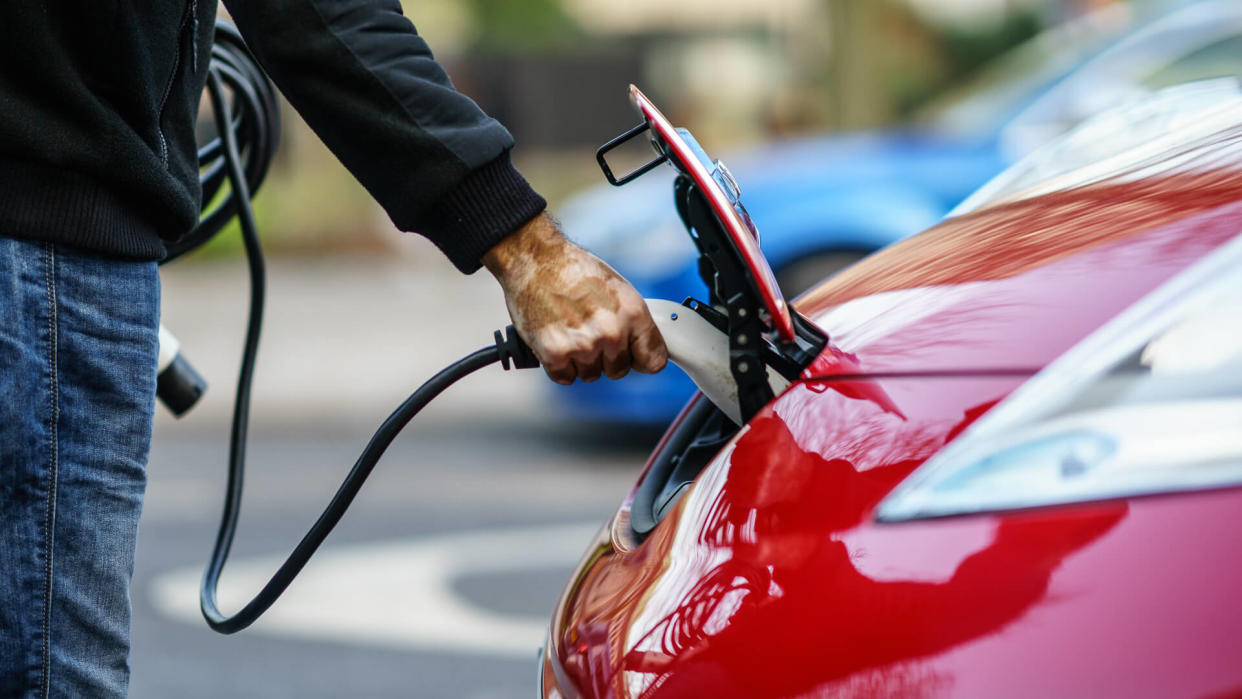
Particulars
Sweeping campaign promises are great, but what are the particulars of Biden’s plan to address climate change? The broad goal of the Biden plan is to achieve a 100% clean energy economy and net-zero emissions no later than 2050. Here are some details of Biden’s ambitions to achieve those goals:
Ridding the power sector of carbon pollution by 2035
Investing in green areas, including transportation, infrastructure, nature conservation areas and others
Boosting electric vehicles and and creating 1 million new jobs in the auto industry
Building 1.5 million sustainable homes
Directing 40% of invested funds toward minority and lower-income areas
Rejoining the Paris Climate accords
Biden has promised that he will immediately begin progress in these areas, among others:
Requiring aggressive methane pollution limits for oil and gas operations
Ensuring the efficiency and climate-readiness of all U.S. government facilities
Permanently protecting the Arctic National Wildlife Refuge
Implementing new appliance and building efficiency standards
Preserving and implementing the existing Clean Air Act
Doubling down on the development of advanced biofuels
His administration anticipates that these investments will also result in the creation of millions of high-paying jobs.
Discover: What a Biden Presidency Means for Your Wallet
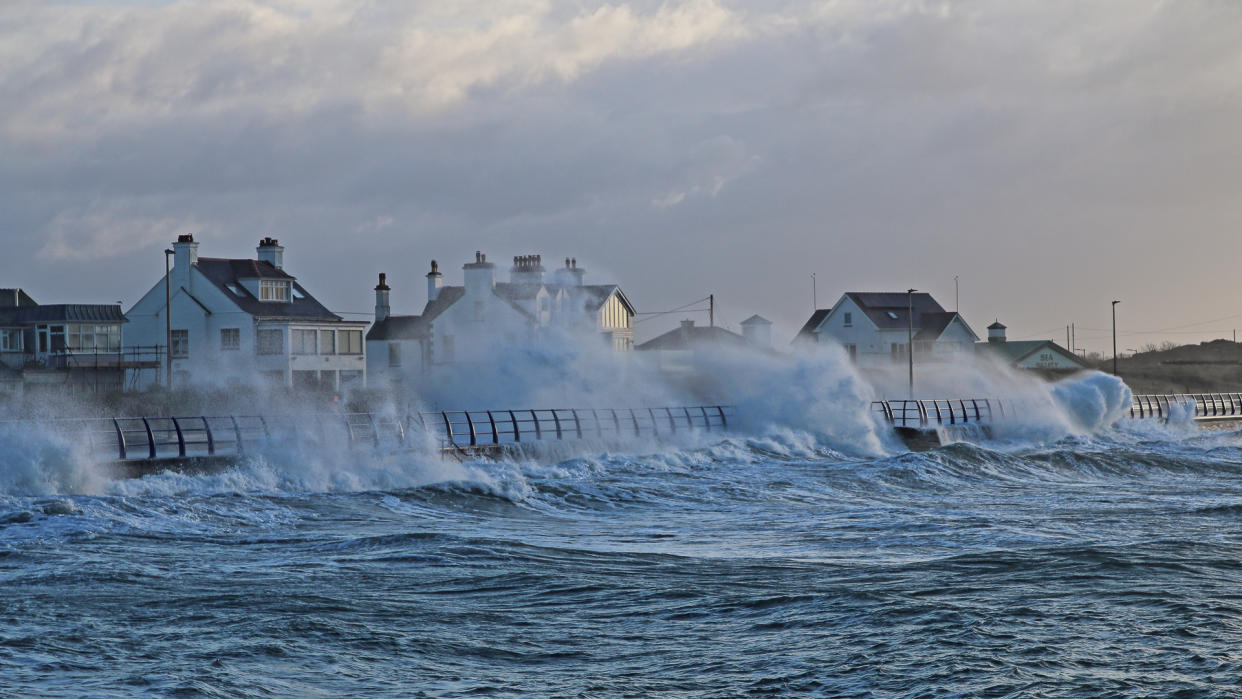
Climate Change and Hurricanes
Regardless of the causes of climate change, Earth’s rising temperature has been fueling the growth in super-destructive hurricanes, and the trend only seems to be increasing. A 2013 study revealed that hurricanes on both a regional and global basis are increasing in strength, with a rising proportion of category 4 and category 5 storms and a decrease in the number of category 1 and category 2 storms.
Although the science behind forecasting hurricanes is difficult, the fact remains that a number of variables are lining up that could result in more destructive hurricanes going forward. Oceans are warming and sea levels are rising, and with the growing population density along coastal areas, more intense hurricanes could lead to a severe cost in both property damage and lives.
Take a Look: The Cost of Climate Change in Every State
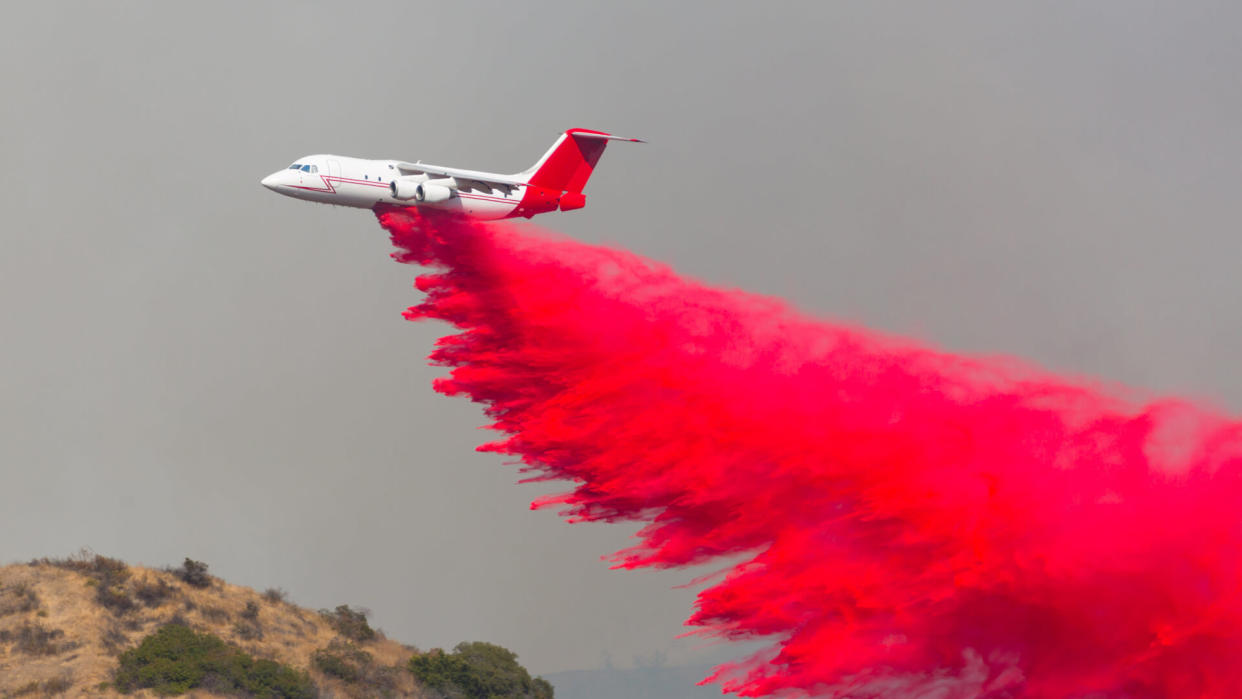
Climate Change and Fires
High temperatures and shifting weather patterns contribute to drought, which in turn raises fire risk. Particularly in the American West, science has shown that climate change has increased temperatures and changed rain and snow patterns, setting the stage for more frequent fires of higher intensity.
The Creek Fire, currently still burning in central California, is the single largest fire in California history, burning hundreds of thousands of acres. The preponderance of dead, dry trees thanks to drought conditions helped the fire grow into an inferno.
Severe drought and record-breaking temperatures also fueled one of the worst wildfire seasons in Australia’s history from late 2019 into early 2020.
According to NASA, climate change will continue to create more drought conditions in parts of the world, making those areas more at-risk for larger and more frequent fires.
Clean Energy: Hiring Growth for These 20 Jobs Has Exploded
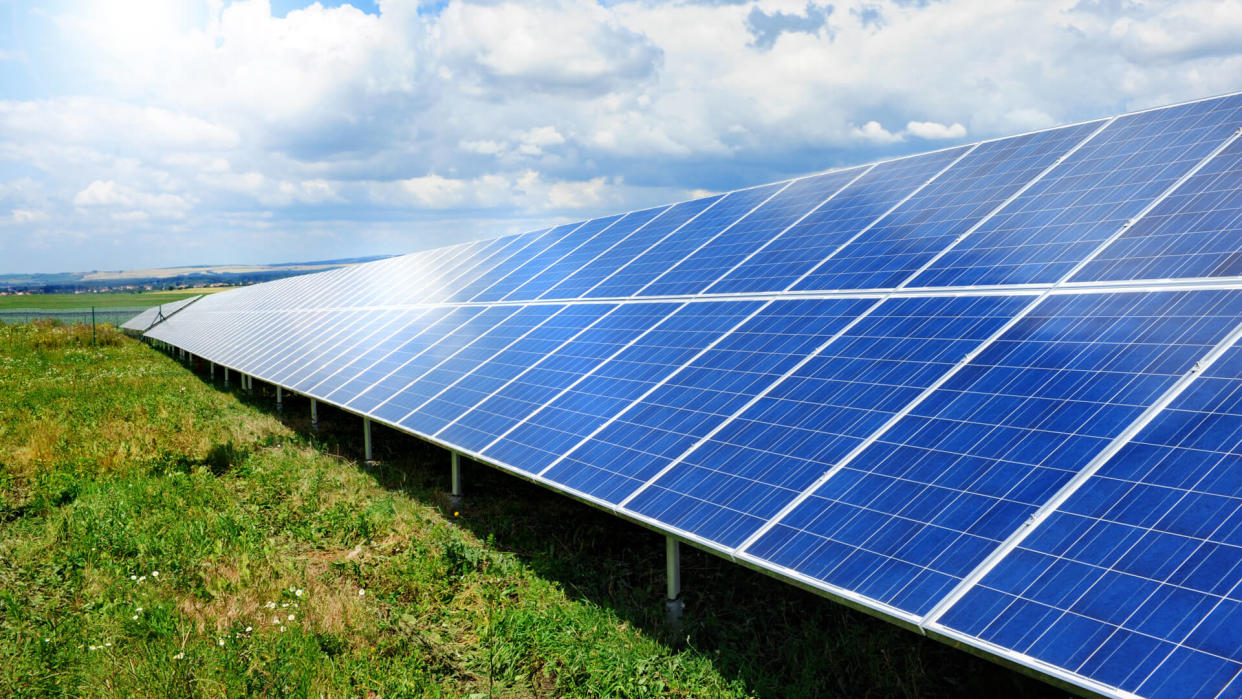
The Path Forward
With the transition of presidential power complete, Biden’s vision of a clean energy future filled with high-paying, environmentally focused jobs could be just on the horizon.
More From GOBankingRates
This article originally appeared on GOBankingRates.com: See Joe Biden’s Plans for the Shocking Costs of Climate Change
